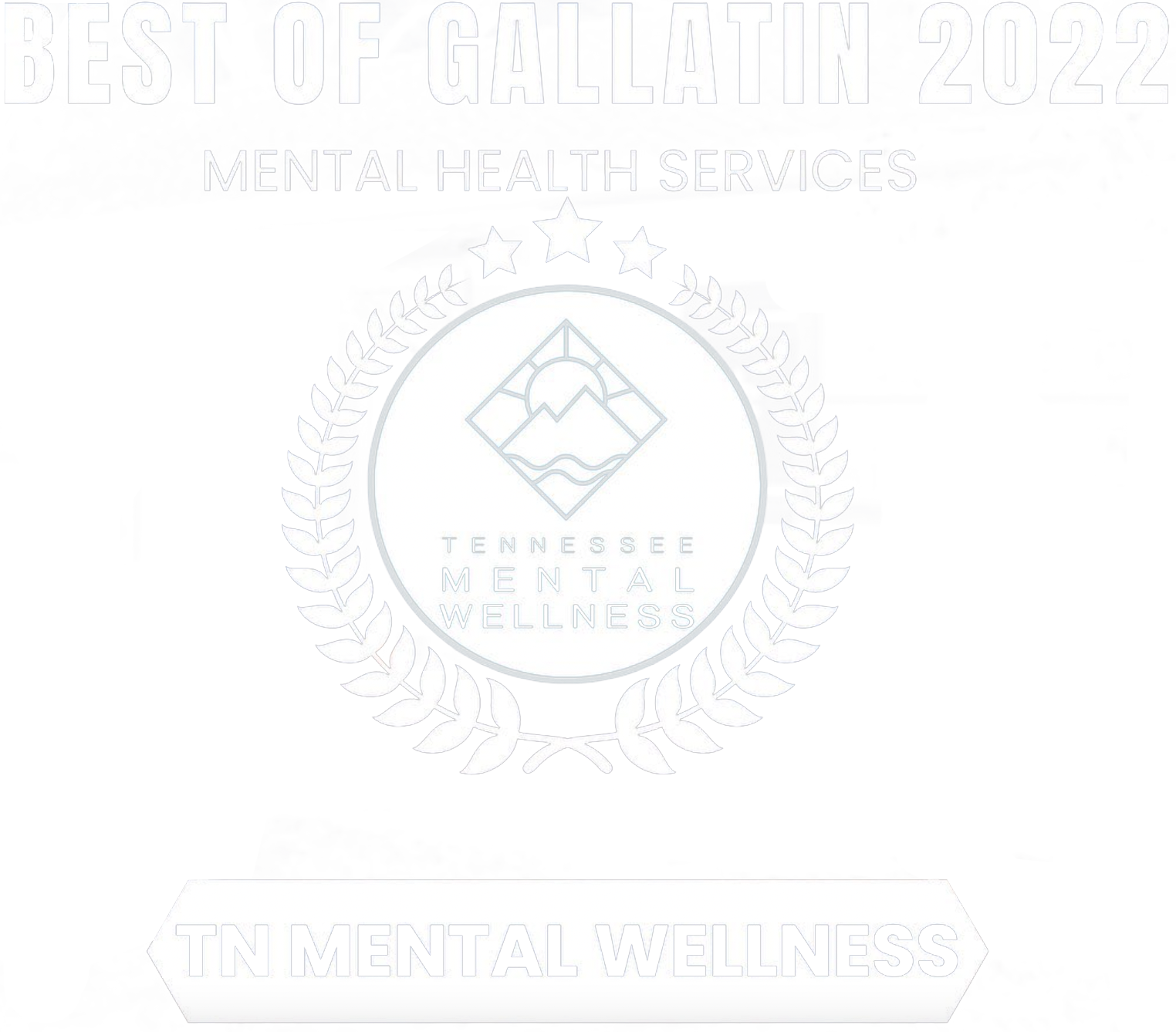Health Fact or Fiction? Tips for Evaluating Information

Healthy living is central to a vibrant and happy life, and seeking to make healthy lifestyle changes is a laudable goal. However, when we try to fit ourselves into the boxes of diet fads, fitness crazes, or whatever our neighbor is doing, we may be setting ourselves up for failure. Here are some helpful tips for discerning what is legit and what is fad when it comes to health, fitness, and nutrition information.
Healthy lifestyles have been shown to improve mental health. Healthy living encompasses all aspects of a person’s lifestyle. However, rather than considering how sustainable a new healthy living endeavor might be, given our time limitations, relationships, and mental or physical health, we are instead enticed by a diet or fitness plan that promises speedy results–the end to all our unhealthy woes. Quick fix-approaches to health and fitness are abundant, but often are filled with misinformation:
- ‘Before’ and ‘after’ photos (one person’s success does not indicate that the approach will work for you; photos can be significantly enhanced)
- Supplements / powders / juices touted as being the end all of health products (supplement industry is not FDA regulated, and may not contain the ingredients or benefits they claim)
- Anecdotal evidence (what works for your co-worker’s cousin may not be the best fit for you, and what “worked” for him may not last long-term)
- Scientific-y sounding words and phrases (“all natural”, “cleanse”, or “ancestral” )
- Quick fix promises (the more dramatic a healthy lifestyle change, the less likely it will be sustainable long-term)
Rather than jumping on the next shiny fitness bandwagon, let’s take a look at how to create the mental and lifestyle scaffolding that will support a healthy lifestyle.
Three Tips for Evaluating Health and Fitness Information:
1. Have you tried it (or something similar) before, and failed?
This may seem obvious, but if you’ve tried a eating plan for weight loss, and lost the weight but gained it back again, the answer is not that you need to just “try harder”. Let me remind you that an estimated 90% of diets fail. That means, of people who go on traditional “diets”, only 1 in 10 lose weight and keep it off 2 to 5 years later. If you asked your doctor to prescribe a cholesterol medication with a 10% success rate, she would look at you like you’re crazy. Yet we as consumers, and even sometimes our healthcare professionals, continually fall for the “diet is THE quick fix” trope, when it is much more likely than not to fail. The take away: YOU are not the problem, THE DIET is the problem. It is not that you don’t have enough willpower; it is that the diet did not fit your lifestyle, family life, social life, or psychology profile. Rather than trying that same diet or fitness plan, try looking for something that fits better with your current lifestyle and level of motivation. Yes, there are anecdotal stories about people who change their lives around–but they are the 1 in 10, and the majority of us will do well to stick with less radical, more do-able healthy lifestyle changes.
2. Does the plan allow for individuality?
We are snowflakes, not carbon-copies. One-size-fits-all fitness and diet plans fail because we are unique, and what works for one does not work for all. Some factors that influence our ability to make healthy lifestyle changes include: our genes, biology (ability), habits we’ve learned from family and friends, positive and negative ways of coping with stress, mental self-talk (positive or negative), financial resources, time, whether or not our friends and family are supportive.
3. Be a Sleuth.
When coming across an article or research study that promises health benefits, ask yourself:
- Where is it published? (A reputable scientific journal, or a fitness magazine?)
- Who funded the study? (Did a cereal company fund a study that “happened” to discover that eating cereal every morning lowers blood pressure?)
- Do they tout their product / plan to be “the” answer to all your health and fitness needs? (Healthy living is a multi-faceted, and requires more than a single workout plan or a “weird” diet change)
Here is a good resource to help decipher nutrition claims: https://www.scientificamerican.com/article/10-tips-nutrition-claims/
4. Begin from a place of self-tolerance.
I suspect many of us actually know this, so why do we fall for the shiny new quick-fixes? One reason is that, when we judge ourselves for being unhealthy, we feel bad about ourselves, and that feels uncomfortable. We try to soothe our self-disappointment or discomfort by planning our next big diet/workout plan/cleanse, because that fires “feel-good” neurochemical pathways in our brain. So planning a diet literally “feels” good. But rather than give in to the urge to distract from our self-loathing with a new fitness plan, when we begin from a place of self-acceptance, we accept our health status without self-criticism, and our minds are more clear to make health choices that are from a place of self-love, rather than self-loathing.
Healthy living is central to a vibrant and happy life. But the changes need to come from the inside-out, with our unique goals and needs guiding the way, not with us trying to fit into a fitness-fad box. Creating a sustainable healthy lifestyle involves many, many small behavior and thinking changes that, when done consistently, really do add up.










LEAVE A COMMENT